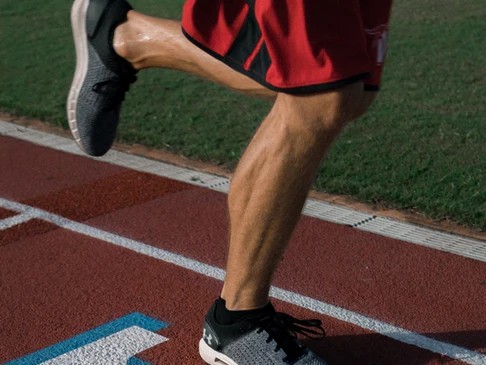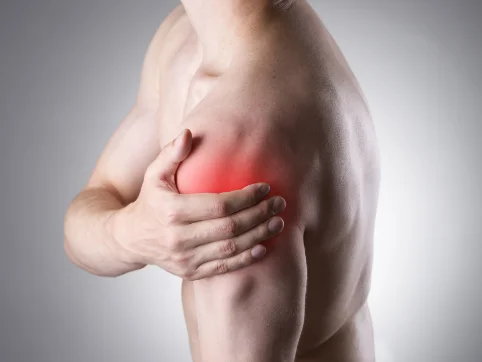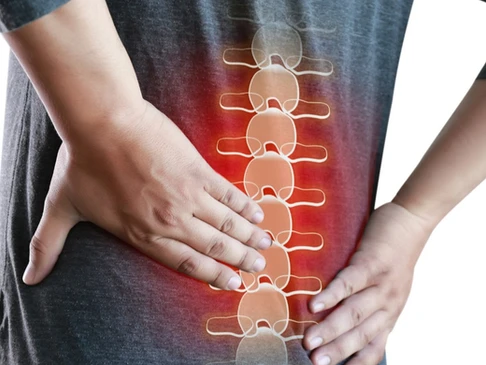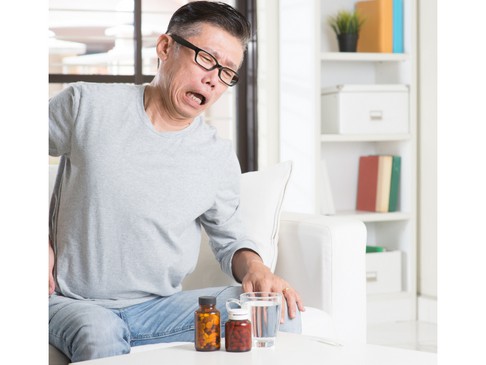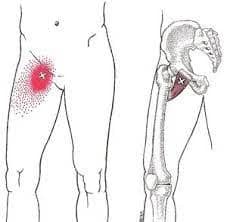Managing Shin Splints from the start
What exactly are Shin Splints?
Shin Splints, sometimes referred to as medial tibial stress syndrome, is a condition that is mostly defined by the presentation of leg pain, tenderness, and inflammation along the inside, or medial, a portion of the large bone of the leg which we call the tibia. Sometimes this tibia is referred to as the shin bone, which is where the term shin splints comes from. While leg pain associated with shin splints can show up in any active population shin splints mostly affect runners, dancers, and military personnel.
How do I know I have them and what can I do about it?
The main reason shin splints occur is increased demands on the muscles of the lower leg without proper recovery. This forces tension along the covering of the bone, what we call the periosteum, and can begin to create calcium deposits that irritate and damage the soft tissue, causing intense leg pain. This irritation can lead to swelling and inflammation, causing the leg pain associated with Shin Splints.
Leg pain symptoms that are similar to shin splints can occur after the tibia breaks, even if it is a minor break. This minor break is often referred to as a stress fracture and may not register as a break. If you have experienced either direct trauma to the bone or have dealt with the leg pain symptoms associated with shin splints over a long period of time, a diagnosis to rule out fracturing is recommended.
What can be done about shin splints?
If clients are either diagnosed with shin splints or medial tibial stress syndrome, the following steps are recommended:
1) Rest and ice: Rest generally requires avoiding the primary activities that perpetrate the issue. A few solid weeks of true rest at the early stages of the condition can do wonders. Ice application will also help to reduce swelling and inflammation. Application of ice is generally recommended with 20 minutes on the body and 20 minutes off. The cycle can then be repeated up to 3 times.
2) Nutrition and hydration: Adopting a diet with an increase in anti-inflammatory foods and drinking clean water is always recommended during cycles of inflammation. If you’re not sure what an anti-inflammatory diet looks like, we recommend consulting a local dietician for advice.
3) Stretching and manual therapy: Before returning to activity, consulting with a soft tissue specialist to help the tissue recover, and most importantly, create a supportive environment, is critical to both full recovery and avoiding a relapse of the condition. Shin splints are one of the many conditions we treat at Body Heal and have helped countless clients get back to their activities when the time is right.
If you’re looking to see what your condition is, where your recovery is at, or how to prevent shin splints in the first place, Body Heal is here to help guide you to your physical goals. Please don’t let the pain from shin splints keep you from doing the things you love. If you have questions, please check out our main page at www.bodyhealtherapy.com to find our contact information, book a session, or set up a FREE consultation.

